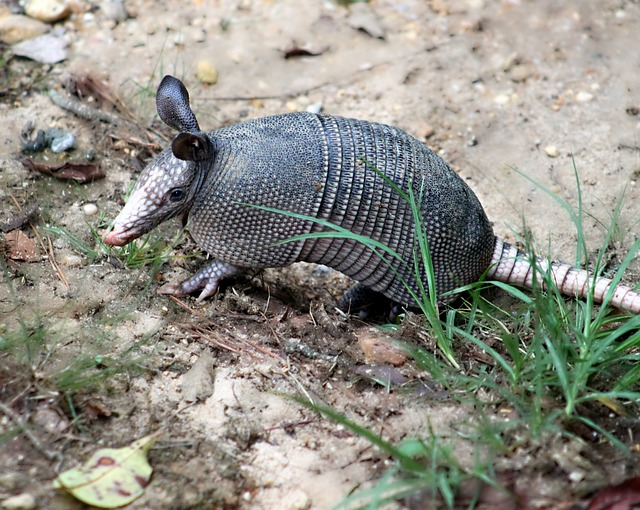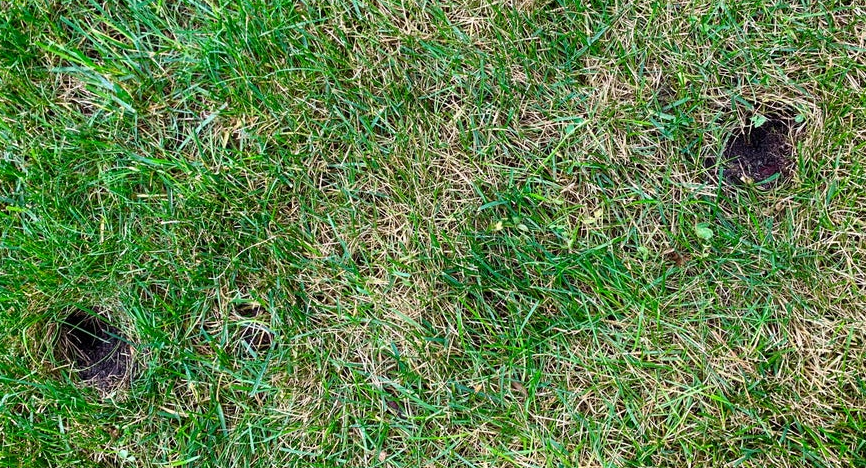
March in Texas holds a special place in our hearts, beyond the warming weather, the increasing hours of daylight, and the appearance of fields of bluebonnets, this is also the month where we celebrate the signing of Texas’ Declaration of Independence. On March 2nd, 1836, a convention of sixty men representing Texas’ revolutionary government met in Washington-on-the-Brazos and formally declared its independence from Mexico. This declaration was made in the midst of the infamous battle of the Alamo (going on nearly 170 miles away), which had begun on February 23rd and came to its harrowing conclusion on March 6th. Just six weeks later, a Texan army led by Sam Houston won a landmark victory in the war, and gained official recognition of Texas’ independence. For the next nine years Texas stood as an independent republic before joining the United States in 1845.
Across the state people will be celebrating Texas Independence Day with all things Texan: from Shiner to barbecue, rodeos to country music, and the particular brand of spunk and conviviality that epitomizes Texans. So in celebration of this great state, we are taking a look at an animal that is so fully Texan it’s in nearly every piece of Texas-themed memorabilia, and is the official (small) mammal of Texas: the nine-banded armadillo. Though this animal is revered by many a Texan as a symbol of the state, that does not keep it from being a problem pest for many a homeowner statewide.

What do Armadillos Look Like?
Though there are around 20 species of armadillos, only one is found in the U.S.: the nine-banded armadillo. This critter is about the size of a cat or small dog, weighing around 8-17 lbs. and with a body length of around 16”, a tail virtually as long as its body, and short legs. It has a bony shell, covering all but its belly, that acts like armor, protecting the armadillo from its predators; the “nine-banded” variety are so called due to having approximately 9 bands on their armor (the actual number can range from 7 to 11 bands). Contrary to popular myth, these armadillos cannot roll up into spherical balls when threatened; in fact, only two species can do this and they are both three-banded. In addition, they have powerful claws specifically adapted for digging.
Where are Armadillos Found?
With armadillos it’s not only a question of where but when you will find them. The general rule of thumb for these animals is that you will find them wherever food sources are plentiful and the ground is conducive for digging (the softer the ground, the better). It’s there that they are likely to dig burrows for their dens. However, they are not highly territorial, and will readily abandon a den if in danger or when the food source has diminished. This attitude of going where the food is means you can potentially find them in brush, woods, scrub, and grasslands.
In addition, they are nocturnal creatures and have a diminished ability to control their body temperature due to having very little hair, meaning that they are most active during summer nights and warmer winter afternoons and evenings. You are likely to see an uptick in armadillo sightings starting in March each year as that’s the month they tend to give birth. A female nine-banded armadillo almost always gives birth to four identical quadruplets, which are born fully formed and with their eyes open, but with armor that hasn’t yet hardened.

What do Armadillos Eat?
Primarily, these animals eat invertebrates like grubs, beetles, roaches, wasps, fire ants, spiders, and scorpions. However, in a pinch they will turn to small reptiles and amphibians, eggs, fruit, seeds, fungi, and other plants matter. They get to this food by smelling around for bugs hidden just a bit below the surface of the ground (they have an exceptional sense of smell), then digging into the ground in the correct place and using their sticky tongue to grab the desired treat. This method of hunting presents one of the primary reasons you don’t want to see an armadillo in your yard, because they will very quickly create a lot of dug-out areas throughout your yard and landscaping, leading to lots of time, effort, and money to get your yard looking just the way you want it again.
Are Armadillos Dangerous?
If this question were to be “are armadillos likely to attack people or pets?” the answer would pretty clearly be “no.” They are not known to bite or else wise be combative (though they can use their claws to fight if absolutely necessary). In fact, if they are surprised, they don’t attempt to fight, they leap straight into the air, startling whatever just snuck up on them, giving the armadillo time to run to a safety. Clearly, even with more teeth than any other known mammal, they are an animal rooted in defense, so is there any reason to call them dangerous? Unfortunately, the answer is “yes.”
The greatest danger that armadillos pose comes from the fact that they are the only animal other than humans that can contract leprosy, and they are capable of passing that disease to humans (though incidence of this is quite rare).
However, this is not the only danger they pose. Since they are regularly digging out areas for their dens, if they dig under a deck, foundation, sidewalk, etc. they can potentially make that structure less stable, leading to costly repairs and unsafe conditions.
In addition, their abandoned dens often become home to other animals, like snakes, opossums, rats, and skunks, all of which can present their own pest control and safety issues.
How do you Prevent Armadillos from Getting in your Yard?
Unlike many pests where there are multiple risk factors you can address in order to attempt to prevent an issue from occurring, with armadillos there are only 3 preventative measures you can take. The first is to keep your lawn as bug-free as possible by maintaining regular pest control services and immediately addressing issues such as grub worms when they invade your lawn (see our article about grub worms). The second is to utilize rocks or wood chips in your landscaping to make that area too difficult for the armadillo to dig in. The third, and much more costly method is to install a sturdy fence around your property that also creates a barrier 2 feet underground. Since armadillos are excellent diggers, any preventive barrier will need to cover above and below ground if you want to actually keep these critters out of your yard.
Though there are some products that claim to deter armadillos and there are plenty of “home remedy” deterrent suggestions, none of them have been proven to be effective.

How do you Handle an Armadillo Problem?
As with all wildlife, Mid-Cities Pest Control responds to armadillo problems by performing a live animal trapping. Our expert technicians will evaluate the problem and place a humane trap in the ideal location to catch the animal. It’s important to note that it’s especially helpful to get professional assistance in trapping for armadillos as they are notoriously one of the most difficult animals to entice into a cage. Once caught, the animal is removed from your property and relocated far enough away that they will not be able to find their way back to your lawn. This way the animal gets to continue their docile existence as Texas’ mascot and your lawn gets to quickly return to its pristine state.
So whether you are dealing with an armadillo settling into residence in your yard or a skunk or opossum making its home in an abandoned armadillo den, you can rest assured that the experts at Mid-Cities Pest Control will have the solution well in hand. With years of successful experience in live animal trappings (we recently performed a skunk trapping where, at one home, we trapped a den of skunks totaling 7 animals!) our technicians are ready to handle any situation.
This March don’t let armadillos ruin your springtime celebrations, call The Bug Dude at 1-800-310-BUGS at the first sign of a problem and declare your independence from pests.
Additional Resources:
“Texas declares independence” – History.com Editors – www.history.com – A&E Television Networks
“Nine-Banded Armadillo” – Texas Junior Naturalists – Texas Parks & Wildlife
“Nine-banded Armadillo (Dasypus novemcinctus)” – Texas Parks & Wildlife
“Nine-Banded Armadillo” – National Wildlife Federation
Author Bio: Alissa Breach has been gaining knowledge and experience around pest control concerns over the last 11 years while working for Mid-Cities Pest Control. She has a creative writing BA from UW-Madison and is always pursuing new and interesting writing projects.




